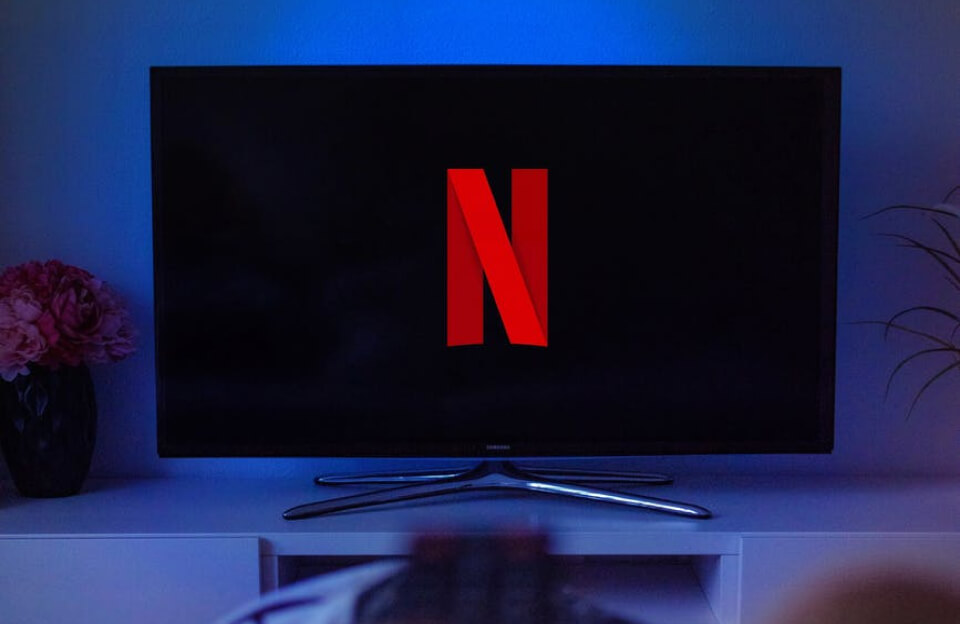Recently, Netflix (NFLX) shares dropped by about 10% (this is hypothetical/illustrative if it hasn’t actually done so yet). Below are several possible reasons behind such a decline, based on recent developments, financial metrics, and broader market trends.
1. Revenue Forecasts & FX (Foreign Exchange) Headwinds
- Netflix has issued revenue forecasts that disappointed some investors, particularly because much of the anticipated growth is attributable to a weakening U.S. dollar, rather than an increase in demand or higher subscriber growth. (Reuters)
- Investors often react poorly when growth is forecasted to come from FX effects because those are volatile and may reverse. Uncertainty in revenue quality tends to make valuations more fragile. (Reuters)
2. Margin Pressure & Rising Costs
- Even when Netflix beats earnings expectations (e.g., revenue or EPS), investors pay close attention to margins. Netflix has warned that its operating margin may decline in the second half of the year due to higher content amortization and increased marketing costs. (Investopedia)
- New content is expensive (e.g, sports, original shows), and promotion/marketing budgets often escalate faster than revenue growth in streaming businesses. If costs rise faster, profits (or profit growth) can get squeezed.
3. Slowing Growth & Subscriber Metrics
- Netflix has shifted away from emphasizing raw subscriber growth in some markets, focusing more on revenue growth, profit metrics, and other qualitative engagement indicators. But this creates uncertainty: investors often want clarity on how many new paying users there are, churn rates, etc. (Reuters)
- If subscriber growth slows, particularly in key markets, or if competition (Disney+, Apple TV+, etc.) eats into growth, that concern can trigger share price drops.
4. Valuation Concerns
- After strong run-ups in stock price, sometimes the market starts believing the price already reflects most of the good news (“priced in”). When expectations are very high, even modest disappointments or “good but not great” news can provoke a sharp selloff. (Investopedia)
- Analysts sometimes downgrade or reduce target prices when they believe the risk-reward ratio has worsened at current levels. That in turn can cause broader investor sentiment to shift. (Investopedia)
5. Technical & Sentiment Factors
- Market selling often comes in waves: if Netflix is trading below certain moving averages (e.g., 50-day), or if relative strength metrics or accumulation/distribution ratings indicate institutional selling, that can trigger stop-losses or automated selling. (Investors.com)
- Investor sentiment can swing quickly: even excellent content or user engagement sometimes isn’t enough to offset concern that growth is plateauing, or that macroeconomic headwinds (interest rates, inflation, consumer spending) will weigh on discretionary spending — including streaming subscriptions.
6. Broader Market / Macro Headwinds
- Rising interest rates and inflation can reduce the appeal of growth stocks (especially those whose value depends on long-term earnings). Since streaming companies are valued on future growth and cash flows, they are more sensitive to rising discount rates.
- Global economic uncertainty, potential weak spots in ad revenue (for Netflix’s ad-supported tier), inflation, or currency fluctuations in emerging markets can hit both top-line growth and margin.
7. Competitive Pressure & Content Costs
- Competition in streaming is intense. Netflix not only needs to produce compelling original content but also to compete in pricing, content library, and user experience. Heavy investment in content (including live events or sports) adds cost, and when returns are uncertain, investors get nervous.
- Also, as Netflix expands globally, content costs in different regions can be large, licensing and production costs can escalate, and local competition/regulation may challenge growth.
Conclusion
When you put the pieces together, a 10% drop in Netflix shares can often be traced to a combination of:
- Forecasts that underwhelm relative to high expectations
- Margin pressure from rising costs (content, marketing)
- FX effects that make revenue growth less certain
- Concerns over valuation (i.e., price already reflecting most good news)
- Technical sell-signals or shifts in investor sentiment
- Broader economic headwinds are making future growth riskier
Even if current fundamentals are strong (good viewership, popular shows, good user engagement), markets are forward-looking. If there’s any shadow of doubt about whether growth will accelerate, sustain, or not be eroded by costs or competition, share prices can bend downward sharply.
What to Watch Going Forward
To see if Netflix can bounce back, or if the decline deepens, investors and analysts will likely monitor:
- Upcoming earnings reports: especially forecasts for revenue, profit margins, and content amortization.
- Subscriber metrics (if Netflix provides them) and retention/churn in key markets.
- Ad-tier performance and whether it can be monetized well without damaging the user experience.
- FX trends: will the dollar strengthen, reducing benefit, or weaken further?
- Broader macro conditions: interest rates, consumer spending, inflation.
- Technical indicators: whether support levels hold, institutional vs retail investor behavior.
References / Sources
- Reuters: “Netflix shares fall as weak dollar-driven forecast fails to impress” (Reuters)
- Investopedia: “Netflix Stock Stumbles After Earnings” — margin pressures, revenue beats vs investor expectations (Investopedia)
- News on analyst downgrades (JPMorgan, etc.), noting valuation becoming less compelling after strong run-ups. (Investopedia)
Context on how investor sentiment and technical indicators (moving averages, etc.) affect streaming stocks. (Investors.com, Barron’s) (Investors.com)



